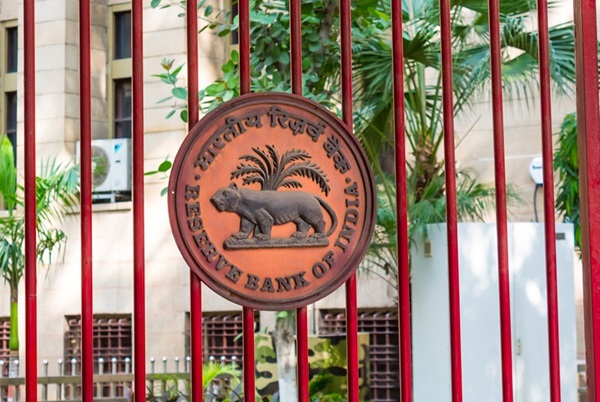.png)

Dhananjay Sinha, CEO and Co-Head of Institutional Equities at Systematix Group, has over 25 years of experience in macroeconomics, strategy, and equity research. A prolific writer, Dhananjay is known for his data-driven views on markets, sectors, and cycles.
May 25, 2025 at 4:11 AM IST
In a marked shift in its risk provisioning framework, RBI has adopted a more flexible approach to determine its buffer, based on realised and projected macroeconomic volatility. This is an improvement over the existing framework that was based on the 2019 Jalan Committee recommendation. Consequently, the dividend payout to the central government, derived as a residual, will also be subject to RBI’s assessment of macroeconomic risks.
Consequently, the central bank has revised the upper bound for Contingent Risk Buffer to 7.50% of the RBI’s total assets, up from 6.50%. The floor has also been adjusted downward to 4.5%. The earlier range set by the Jalan Committee was 5.5-6.5%.
For 2024-25, the board announced a dividend payout of ₹2.69 trillion based on the CRB of 7.5%.
The key changes to the Economic Capital Framework are as follows:
a) Market Risk buffer now includes off-balance sheet portfolios and minor foreign currency assets.
b) Credit and Operational Risk buffer: No changes to existing requirements.
c) Buffer for Monetary and Financial Stability Risk buffer widened to 3.5-6.5% of total assets from 4.5-5.5%.
d) Contingent Risk Buffer including (a), (b) and (c) set at 6.0% ± 1.5% (i.e. 4.5-7.5%) of total assets vs 5.5-6.5% earlier.
Market Risk Flexibility: Market risk buffers to be maintained within a confidence interval of 97.5-99.5% to allow for projected market risks.
Surplus Distribution: Excess equity above ceiling, 7.5% for 2024-25, can be used for a dividend payout.
In an article in the Economic and Political Weekly in 2014, former RBI Governor Y.V. Reddy and Economist Pinaki Chakraborty had emphasised that a robust reserve and surplus transfer policy is crucial for long-term macroeconomic stability and financial resilience.
They had said, "Higher surplus transfers reflect effective monetary policy and reserve management but raise concerns about fiscal prudence. The RBI’s balance sheet influences the external sector, fiscal policy, and monetary areas, with surplus transfers reducing reserves and affecting reserve money if losses occur."
Our View
RBI’s dividend of ₹2.69 trillion is somewhat higher than our projected upper bound of ₹2.5 trillion and significantly lower than the market expectations of ₹3-4 trillion. The higher-than-budgeted payout reflects the constraints emerging from the government’s fiscal logjam that has limited its spending.
While the annual report is yet to be published, the provisions for the contingency fund in RBI’s profit and loss may be close to ₹1.63 trillion, quadruple of the 2023-24 level. RBI has probably provided less for gratuity and superannuation fund.
The widening of risk provisioning buffer based on projected volatility reflects RBI’s concerns on macroeconomic risk emerging from the ongoing global trade fragmentations, the potential spillover effects on India’s financial conditions and their implications for RBI’s balance sheet.
The higher ceiling of 7.5% CRB implies that during times of high volatility, RBI’s ability to generate dividends to the government can be constrained. Given that the growth in RBI’s Reserve Money--M0 at 3-4%--is considerably lagging nominal GDP growth of 8-9% and lowering yield on assets, implying slower growth of total assets, RBI will need to indulge in intense currency trading or allow sharper rupee depreciation to afford higher dividend payout. In 2024-25, the outsized dividend was afforded by total trade of ₹763 billion or 135% of foreign currency assets of RBI.
For the markets, the less-than-expected payout can be a disappointment. The systemic banking surplus currently stands at ₹2.8 trillion and is likely to rise to ₹5.5 trillion following the dividend payout or 2.4% of bank deposits.
The market expectation of a larger payout notwithstanding, surplus liquidity is supportive of equity market flows. But this could well be transient if the credit deposit ratio starts to rise again closer to September as we move out of the lean season. Higher-than-budgeted dividend payout would provide only a marginal easing of the government’s fiscal deficit; assuming dividends from PSU banks at ₹300 billion, the total dividends from banks and RBI would be closer to ₹3 trillion versus the budgeted ₹2.56 trillion, implying a reduction in fiscal deficit to 4.3% of GDP versus the budgeted 4.4%.




